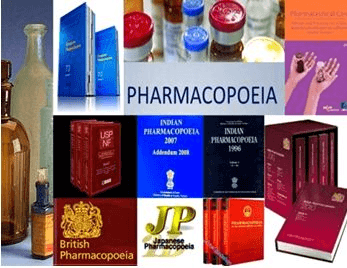COMPARISON AND EVALUATION OF PHARMACOPOEIAL METHODS FOR THE ASSESSMENT OF POTENCY OF ANTIBIOTICS
Keywords:
Antibiotics, microbiological assay, pharmaceutics, pharmacopoeial methods, potencyAbstract
The detection and assessment of potency of antibiotics are crucial for the pharmaceutics. The valid methods for microbiological assays in pharmacopoeias are mainly based on statistical comparison of the data obtained by measuring the cidal activity resulting from the treatment of the antibiotic active ingredient in the composition of the pharmaceutics with the target microorganism. However, it was seen that there is no validated microbiological method for some active ingredients. Due to microbiological assays are indispensable methods for determining the potency of some active ingredient groups, the calculation of the potency is performed logarithmically. In either turbidimetric or chromatographic methods, the statistical evaluation of the sample is compared with the standard reference material. Analysis data obtained by chromatographic and chemical methods are linear peak areas and spectrophotometer readings. In microbiological methods, the data obtained from the analyzes performed to determine the potency of antibiotics are the inhibition zone diameters or turbidimetric turbidity data. In this study, above-mentioned microbiological assays are compared in the context of the main pharmacopoeias EP, USP, CP, IP and BP, and evaluated in terms of the chromatographic method and classical microbiological method. It has been observed that chromatographic and chemical methods are not available to determine the potency of some pharmaceutical products containing antibiotics. The examinations made reveal the difficulty of analyzing some active ingredient groups according to chemical and chromatographic methods. For this reason, the importance of method validation studies is increasing in order to analyze active substances that do not have alternative analysis methods with microbiological and chemical methods. In this study, all validated microbiological methods were investigated, and it was aimed to determine alternative methods to chromatographic and chemical methods. It was concluded that the realization of new microbiological methods to be validated by evaluating the methods in all differences would facilitate the study.

Peer Review History:
Received: 2 April 2021; Revised: 5 May; Accepted: 9 June; Available online: 15 July 2021
Academic Editor: Dr. Asia Selman Abdullah , Al-Razi university, Department of Pharmacy, Yemen, asia_abdullah65@yahoo.com
, Al-Razi university, Department of Pharmacy, Yemen, asia_abdullah65@yahoo.com
Reviewer(s) detail:
Dr. Iman Muhammad Higazy , National Research Center, Egypt, imane.higazy@hotmail.com
, National Research Center, Egypt, imane.higazy@hotmail.com
Dr. George Zhu , Tehran University of Medical Sciences, Tehran, Iran, sansan4240732@163.com
, Tehran University of Medical Sciences, Tehran, Iran, sansan4240732@163.com
Downloads

Published
How to Cite
Issue
Section

This work is licensed under a Creative Commons Attribution-NonCommercial 4.0 International License.









 .
.